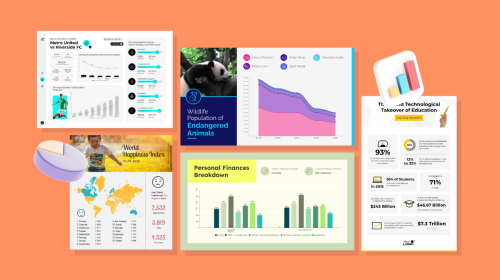
Marketing Funnel 101: What It Is and How to Create Content for Each Stage


Whether you run a startup or a corporation, you've probably spent time thinking about how to market your product or get customers to buy from you. How do you generate leads and nurture them to become paying customers?
Well, it all starts with creating an effective marketing funnel.
Marketing funnels serve businesses of all sizes holistically. They visualize the path customers take before purchasing your product or taking the desired action.
Developing your marketing strategy with the funnel in mind can put your business in the driving seat for success.
You'll be able to serve the right content, acquire qualified leads, nurture meaningful customer relationships and boost sales. Sounds great, right?
The question isn't whether creating a marketing funnel is worth the effort. Instead, the big question is: how do you create effective marketing funnels that drive conversions over the top?
This article will explain what a marketing funnel is and how to create yours. You'll also learn how to create content for each stage of the marketing funnel.
Let's get started.
Here’s a short selection of 8 easy-to-edit marketing funnel templates you can edit, share and download with Visme. View more templates below:
The marketing funnel is a roadmap for attracting, converting and nurturing customers for your business.
Simply put, it's a visual representation of the different steps customers take from discovering your brand to purchasing and repurchasing your product.
Understanding this concept will make your marketing strategy more effective. You'll be able to make informed decisions to enhance the customer experience as they journey through the funnel.
Here's what you should know. Customers go through a journey or series of steps before buying from businesses.
Visualizing the milestones along their shopping journey can help you match your product or service with the right people.
You may probably come across different models for creating marketing funnels. However, the most common one has four main stages:
Essentially, these four stages can also be simplified as:
This marketing concept has been around for a long time. However, it's not a one-size-fits-all strategy. You need to tailor your stages of the funnel to your buyer's shopping journey—from awareness to consideration to purchase and loyalty.
What's more? During each stage, you need to align your marketing strategy to match your audience's needs.
The marketing funnel aligns with the idea during the early stages of the customer purchase journey; you must do these things:
Remember, not every visitor is a potential customer. So trying to capture every lead into your marketing funnel isn't the best way to go. Rather, you want to focus on attracting the right leads.
As you move down the stages of the marketing funnel, some leads drop off and the audience narrows. Finally, at the bottom, you have prospects who'll most likely convert and become loyal customers.
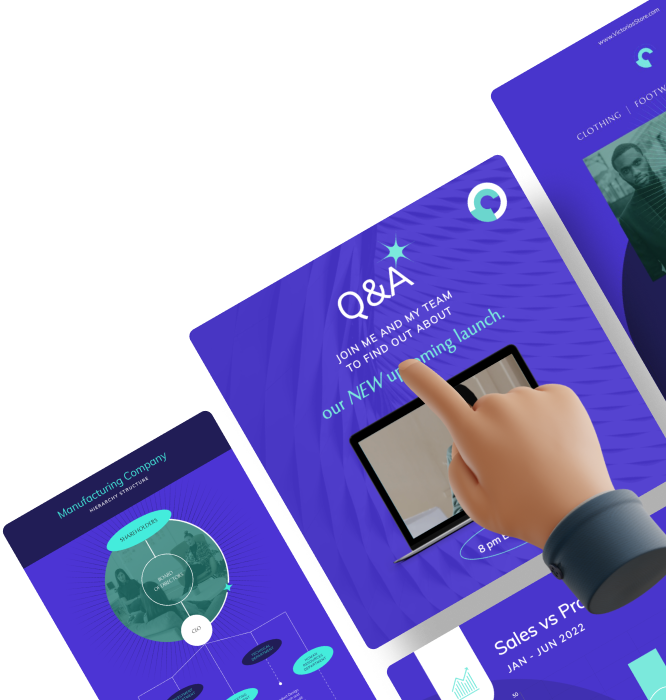
Creating an effective marketing funnel helps you streamline your marketing plan and achieve better results.
Businesses that get it right with their marketing funnel enjoy immense growth, while others struggle.
But there are even more benefits and we'll highlight them below.
Lead generation is an important goal for more than 79% of businesses. But, unfortunately, most marketers struggle with generating leads.
What's more challenging is that most marketing leads don't convert into sales.
Why is that? The inability to nurture leads is a notable reason.
Nurturing leads involves engaging and building valuable relationships with your prospects at every step of the marketing funnel and buying journey.
Organizations that nurture leads enjoy a 45% increase in ROI over those that do not.
Marketing funnels put you in the driving seat for generating and nurturing quality leads. In addition, they help you determine marketing strategies that work at different phases of your buyer's journey.
For example, during the awareness stage, the goal is to attract new leads. Therefore, the customer journey may begin with a blog post, influencer post, podcast ad, Facebook ad.
You'll probably need different marketing or content tactics at the interest and consideration phases. For example, follow-up emails, landing pages, list building, free trials may be an excellent strategy.
In the conversion stage, you'll need to adjust your strategies to nurture current leads. These nurtured leads eventually grow into brand loyalists and advocates.
Tools like Visme help you create marketing content, infographics, social media ads, email newsletters that nurture leads and boost sales.
In the end, your marketing funnel may look like this:
Ad/Blog Post > Subscribe to your email list > Free trial > Purchase
Your prospects have different pain points. These problems or concerns may include, but are not limited to the following:
Their desire to address these pain points drives them to search for solutions and eventually buy products.
Building a marketing funnel gives you a chance to do these things:
Want to enjoy positive marketing ROI? If the answer is yes, you'll have to identify the right marketing strategy for your business.
What works for your competitors may not bring results for you.
There are different marketing channels to choose from, including SEO, paid ads, social media, email and more. These channels are ideal for various stages of the marketing funnel.
Here's an example. Paid ads, SEO, social media and referrals can deliver better results at the top of the funnel stage.
In the middle of the funnel, you may want to double down on marketing materials like blog posts, white papers and webinars.
Draw your prospect’s interest in your upcoming webinar using the template below.
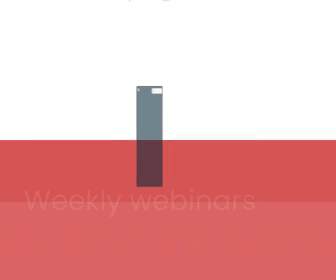
At the bottom of the funnel, product demos, testimonials and customer reviews may be your best bet.
The idea is to uncover what works. Understanding the right marketing mix for your business can make all the difference. That's what marketing funnels bring to the table.
Marketing funnels connect the dots between which channels, strategies and content are generating the most interest, conversations and sales for your brand.
Best of all, Visme offers thousands of templates, images, videos and design elements for creating appealing marketing materials.
It's not enough to generate leads through marketing efforts; send them off to sales and call it a day.
If you're going to rake in revenues, you need to increase lead quality and conversion. And this involves optimizing every part of your marketing funnel.
How do you go about it? It all starts with finding the right prospect at the right time, scoring and nurturing them to become paying customers.
By nurturing leads with helpful content, such as blog posts, white papers, articles, webinars, you can stimulate the right buyers to engage with sales and buy your product.
The marketing funnel provides a valuable framework for analyzing your marketing efforts and identifying areas for improvement. Ultimately optimizing your marketing funnels can help you:
If customers are buying your product or service online, you have a marketing funnel, whether you know it or not.
Although the funnel may appear linear on paper, it's not always straightforward in practice. In fact, only a few marketing funnels today may mirror the linear path.
Likewise, the customers are exposed to more options than ever, so their journey has become complex. As they move through your marketing funnel, some may regress while others may carry on.
Depending on your marketing process, you'll have to create a lot of mini funnels to achieve your marketing goals, such as:
Although these funnels have different names, they all work towards the same goal — conversions and revenue. In addition, they track the steps prospects take before they convert.
Your marketing funnel may also vary based on your industry.
For a business-to-business (B2B) software company, the marketing funnel may span several weeks, months or more.
In this case, the customer finds your solution via pitch events, trade shows, ads or recommendations from a satisfied client. They enter the top of the funnel and become leads by filling out their contact information.
You nurture them through marketing campaigns, webinars, demos, case studies, free ebooks or software documentation. Then, after weeks of engaging the prospect, they reach out to a salesperson to sign a contract.

In contrast, a B2C marketing funnel could be a few minutes or days.
The prospect needs an app for making videos and eventually finds you via a Google search or discovers a compelling article you wrote about the best software for making videos. Then, they sign up for either a trial or paid version and that's it.
Think of the customer journey as an adventure through your marketing funnel. Every interaction with customers should make a difference and ignite an emotional connection with your brand.
When this happens, customers will not only convert or buy, but they'll support, recommend and advocate for the brand.
You've probably read about marketing and sales funnels. Now you're wondering what the main difference is between the two of them.
In practice, the sales and marketing funnels form part of one comprehensive funnel. Essentially, the sales funnel is part of the marketing funnel.
While marketers work at the top of the funnel to acquire leads, salespeople work at the bottom of the funnel to convert them to qualified leads and paying customers.
Both funnels work together to help businesses achieve their sales, marketing and revenue goals.

First, the marketing team fuels the activities for the rest of the funnel. It starts by creating awareness, building demand and attracting prospects through marketing tactics like:
The marketing team further educates the prospects about the product benefits. Then they offer something valuable in exchange for their details to nudge them further down the funnel.
This offer is called "incentive," "lead magnet" or bait. It could be a digital tool, free ebook, report, sample, discount and much more.
At this stage, the marketing team has confirmed prospects' interest and classifies them as marketing qualified leads (MQL).
Next, the marketing team passes the leads to the sales team, which vets their interest in the product or service. If they're a good fit, they become qualified as sales qualified leads (SQL).
Remember, the funnel narrows at each stage and some prospects drop off while others continue the journey.
At this stage, the sales team begins to nurture SQLs into customers with more enticing offers like demos, social proof till they become paying customers.
As you can see, the marketing and sales teams work together to guide prospects to the conversion stage.
Guess what! It doesn't end there. The customer success team works with the marketing and sales team to drive repeat purchases and brand loyalty.
Marketing funnels exist in many businesses around you. Let's look at two real-life examples of B2B marketing funnels and why they are effective.
Basecamp is a project management software for businesses, projects and remote teams. The tool helps work teams optimize their workflow and execute tasks effectively.
For a B2B company, the prospect could be the CEO, project manager, procurement manager.
After the free trial expires, prospects who have found the tool helpful become paid users.
But the job isn't done yet. Basecamp offers various support tools to enable paid customers to make the most of their purchases. These include tutorials, guides and email support.
Why is Basecamp's simple marketing funnel effective?
Basecamp offers value at each stage of the customer's journey. Therefore, prospects are motivated to journey through the funnel to purchase the software.
Let's take a look at a traditional B2B marketing funnel. Suppose your company is an automobile spare parts manufacturer. Your prospects might include:
Here's what your sales funnel might look like:
Awareness: Prospects discover your brand at trade shows, exhibitions, conferences and industry events.
Note: Some traditional B2B companies may have a digital presence. But prospects may not originate from digital marketing channels, as seen in our example.
Interest: During the trade show, you can offer prospects a tour of your booth. Show prospects your catalog and videos of vehicles using your product or the manufacturing process. Then offer brand items in exchange for their contact.
Consideration: At this stage, your sales team could reach out to prospects with lead magnets like:
Conversions: After rounds of negotiations, prospects decide to buy the first batch of products. Offer something of value that keeps them coming back for more like after-sales support.
When it comes to creating an effective marketing funnel, it's better to view things from the customer's perspective. Typically, not every prospect that jumps right in at the top exits as a new customer.
Many people enter, exit and circle the funnel before converting. Some make it to the bottom of the funnel, drop out and never return.
Now the question is, how do you get customers to stick around and convert?
Quick answer: Offer something valuable at every stage of the customer journey. It could be a lead magnet, useful content or share-worthy experiences.
The goal is to make their adventure worthwhile and motivate them to become customers, advocates and loyalists.
Take advantage of the Visme AI Document Creator to generate all sorts of documents that you can use throughout your marketing funnel.
Just open the AI document generator and input a prompt that explains what you're looking to create, select the design and watch the tool produce it in seconds.
Let's look at the different stages of the marketing funnel and what you can offer at every step.
The awareness stage is the broader section at the top of the funnel. At this stage, prospects have identified their pain points and begin to search for a solution.
But how do you get them to find you? Yes, you guessed right! Brand awareness.
According to Mobile Monkey CEO and WordStream founder, Larry Kim:
"The single biggest predictor of whether people will purchase is whether they've heard of you before."
In the past, creating brand awareness meant you had to hound prospects with emails or cold calls. Or businesses had to set up booths at trade shows or hang posters on shop floors.
These strategies still work for some businesses. But times have changed a great deal.
Today customers have more access to information than ever before. It's no surprise, as research shows people spend more than 10 hours daily interacting with their devices. And this has given birth to self-directed buyers.
To address their pain, these buyers research brands on the internet or rely on recommendations from friends and family.
Remember, your prospects aren't looking to buy at the awareness stage. Hence the best content type should be low-commitment and tailored to suit your ideal customers.
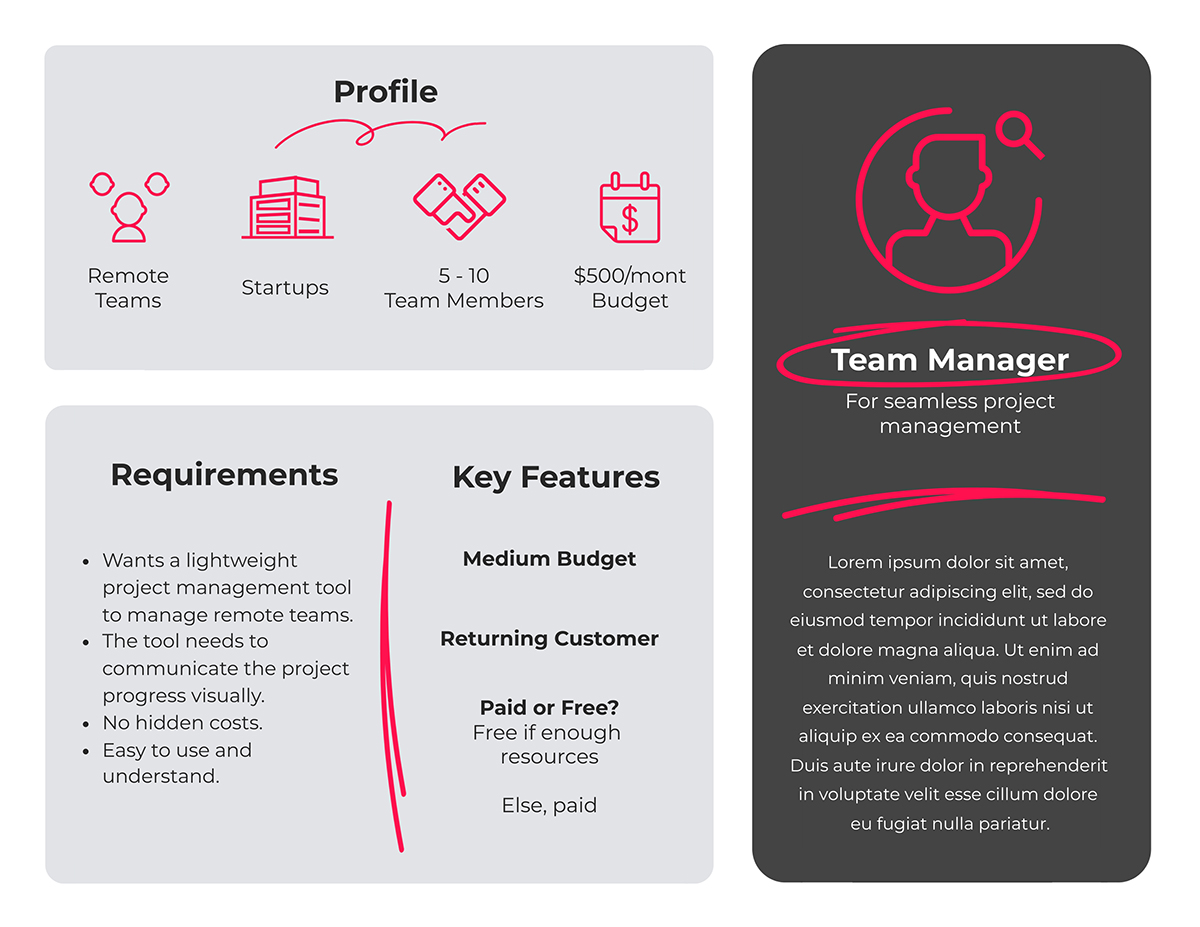
Once you're sure of who your ideal customers are, start by positioning your brand where they'll find it. Then create engaging, informative and educational content tailored to their needs and shared interests.
Here's how to target and engage prospects at the awareness stage:
Ads create a compelling narrative about your brand.
First, your ads should introduce your product, service or brand. Next, it should emphasize your value proposition and benefits.
To enable customers to move to the next step of your ads, make sure to link to a website or a landing page.
When it comes to ads, there are several options. You can create ads on Google and other social media channels, including:
Also, podcast ads, TV (linear and streaming), billboard and radio advertising are excellent options.
Create visually engaging ads for all social media platforms using the template below.
Think of your content as a resource that points prospects toward the solution to their pain points. The goal should be to educate, inform and provide rich experiences.
By doing that, you're building trust and credibility with your prospects. When the time comes for them to pull out the checkbooks, they'll do that without hesitation.
Create a content marketing plan to stay consistent and keep things organized.
You can create blog articles, videos and social media content on subjects related to your niche.
Still unsure what type of free content to share on your website?
Let's say you're selling project management to businesses. Here are some content ideas for your brand:
Beyond ads and content, you can build brand awareness through channels like:
The goal of the awareness stage is to draw in prospects through marketing campaigns and keep your brand top of mind.
Therefore, relevant touchpoints like ads and content can help lure them into the funnel.
You can use an editable ad template (like the one below) to create persuasive ads that attract leads to your marketing funnel.

This stage is also called the middle of the funnel (MOF). Here, your prospects know about your brand and what it stands for. However, they are still searching for more answers.
According to TrustRadius, 33% of buyers spent more time researching products before purchasing in 2021 than the previous year. This suggests that the interest stage of the marketing funnel is becoming more crucial.
Very likely, they'd refine their search to find more specific answers.
For example, instead of searching for "how to manage projects," they may look for specific terms like:
At this point, your content should dig deeper to answer these specific questions. Plus, it should reflect a high level of expertise, credibility and trustworthiness.
But how do you pique a prospect's interest at this stage?
Use the template below to visualize and share your research findings with your prospect.
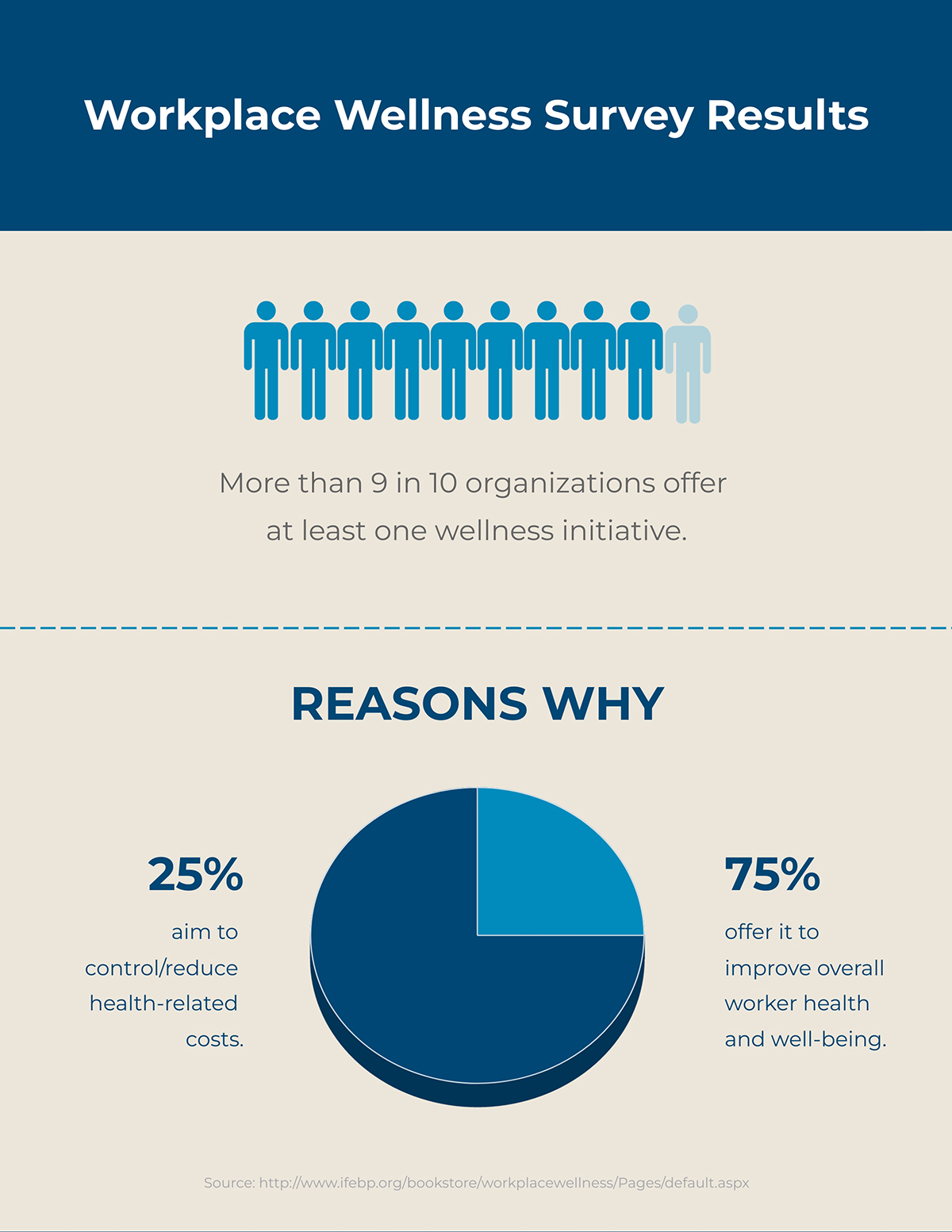
Pro Tip: While recommending solutions to prospects, be sure to add multiple product options that include yours. However, avoid focusing too much on your product.
This builds trust and gives prospects the impression that you're helping them find the best solution for their pain points rather than pitching to them.
Consider making how-to videos, guides and testimonials. Testimonial videos of existing customers using your product effectively build trust and nudge prospects to the next stage of the funnel.
Or, engage your prospects across multiple channels with visual and engaging ebooks like the one below. Use the template below to make your own ebook quickly and easily.

The consideration stage is also the middle of the funnel (MOF). At this stage, your prospects have become sales-qualified leads.
However, they are still evaluating the different options available to them. Plus, they are moments away from deciding whether to buy your product or services or not. Hence you want to build strong connections and nurture their decision-making process.
Essentially, prospects might base their choice on factors like:
Hence your goal at this stage should be to increase the likelihood that they'll consider your products over competing solutions. It's also an opportunity to make a solid case for why your product is the best choice for the buyer.
But how do you influence the buyer's decision in your favor?
First, make sure to offer value, value and more value. Then educate, inform and make prospects understand how your solution meets their needs.
Here's how to go about it:
Your content should be helpful, informative and entertaining information that's worth paying for.
Now you might wonder, how valuable is email? Check this out: Email marketing helps Unbounce generate over 80% of landing page traffic. They use email for launching a new campaign, a product feature and even a piece of content.
At this stage, what type of lead magnets should you offer to prospects?
Quick answer: Whatever you're offering through your marketing funnel activities should be something valuable to your prospects. It could be:

For example, let's say you run a SaaS business and want to onboard new users. You could offer demos, free trials for a month or two or price discounts.
A telemedicine company can offer a free consultation as a lead magnet. Then, when prospects come in to get freebies, the company can offer a 20% discount on tests, check-ups and treatment to hook them high up the funnel.
If you want to build an email list for an affiliate program, you can offer an ebook or guides or courses like the one below.
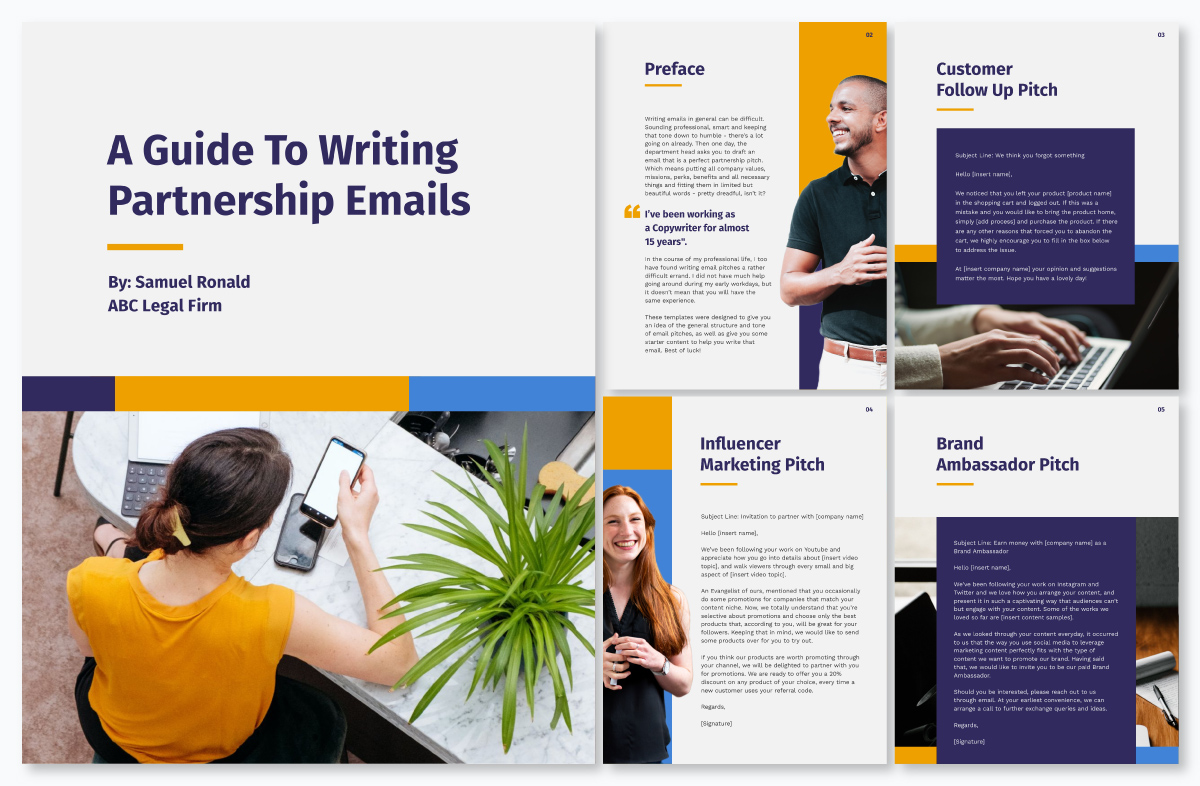
Sharing customer reviews and testimonials is another great way to boost prospects' confidence in your solution. According to TrustRadius, about 45% of buyers read reviews during the purchase process.
Social proof is evidence that customers have tried your product and found it valuable.
In addition, prospects feel more at ease purchasing from businesses with lots of endorsements and positive reviews, making it an integral part of the conversion funnel.
Review management platforms like TrustRadius, TrustPilot, G2 and Capterra can help you connect and build trust with customers and prospects. You can also create video testimonials, case studies and real data from customers that highlight product benefits.
Use the customer testimonial template below to build prospects’ confidence in your product.
Now, you're right at the bottom of the funnel, and your prospects are interested in your solution. Essentially, they believe it will address their pain points or meet their needs.
Although they'd love to buy your product, your job isn't done yet — yes, you read that right.
Your competitors are probably lurking around trying to convince your prospects to buy their products. So you want to give one final push to compel prospective customers to checkout, pull out their wallets, buy or take the desired action.
Here's what you can do at this stage:
All in all, positive experiences can trigger purchases, repurchases and referrals.
The conversion stage is an excellent opportunity to include upsell and cross-sells.
Essentially cross-selling involves selling products that complement the original product your customers bought.
For instance, if you're selling a desktop computer, a cross-sell would involve selling a mouse, external hard drive and other computer accessories.
On the other hand, upselling is more like an upgrade to an existing purchase. This could be anything that increases the price of the original item, such as customization, version upgrade, product protection or extended contract.
Using the above example, an upsell will be to buy an upgraded version of the desktop computer.
Now your customer has made the purchase. Kudos! You might be tempted to congratulate yourself and focus on other prospects in the funnel.
Well, most marketers do this. You don't want to be like those marketers.
Why's that? Harvard Business Review says that acquiring a new buyer is five to 25 times more costly than retaining an existing one. So if you want to foster loyalty, you need to stay in touch and keep existing customers happy.
So what's in it for your brand? According to Temkin Group, loyal customers are more likely to:
I bet you'd love to have customers that fit this profile.
Here's what you should know. Cultivating brand loyalty doesn't just begin right after the purchase. Creating positive and memorable experiences at every stage of the marketing funnel can help build brand loyalty.
Without a clear plan to build brand loyalty, you'll probably lose many of your prospects and existing customers. Unfortunately, this means all your efforts during the marketing funnel stages could go down the drain.
You can use the template below to create irresistible offers like coupons and discounts.
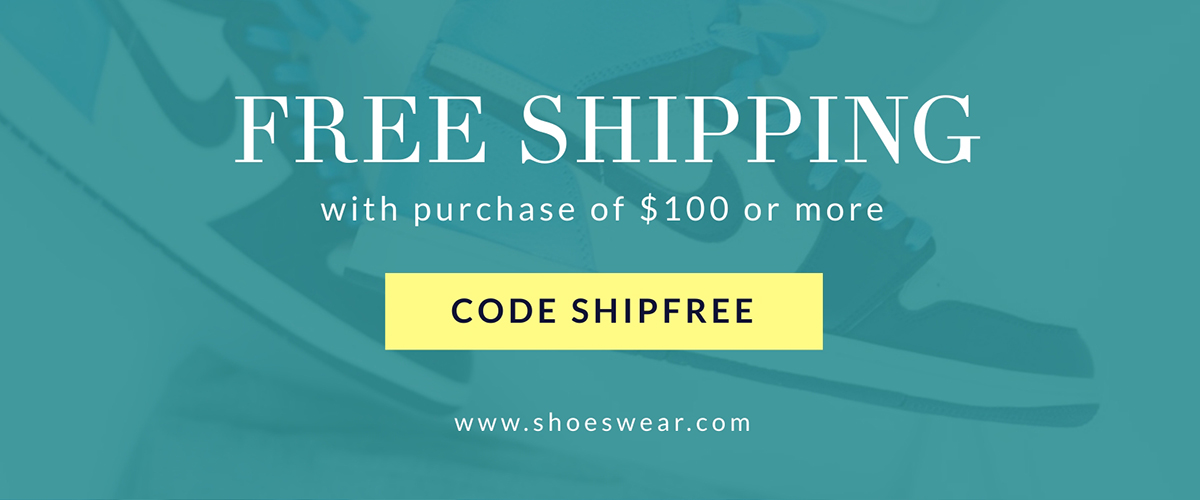
Create compelling data sheets that drive brand awareness and boost conversions using the template below.
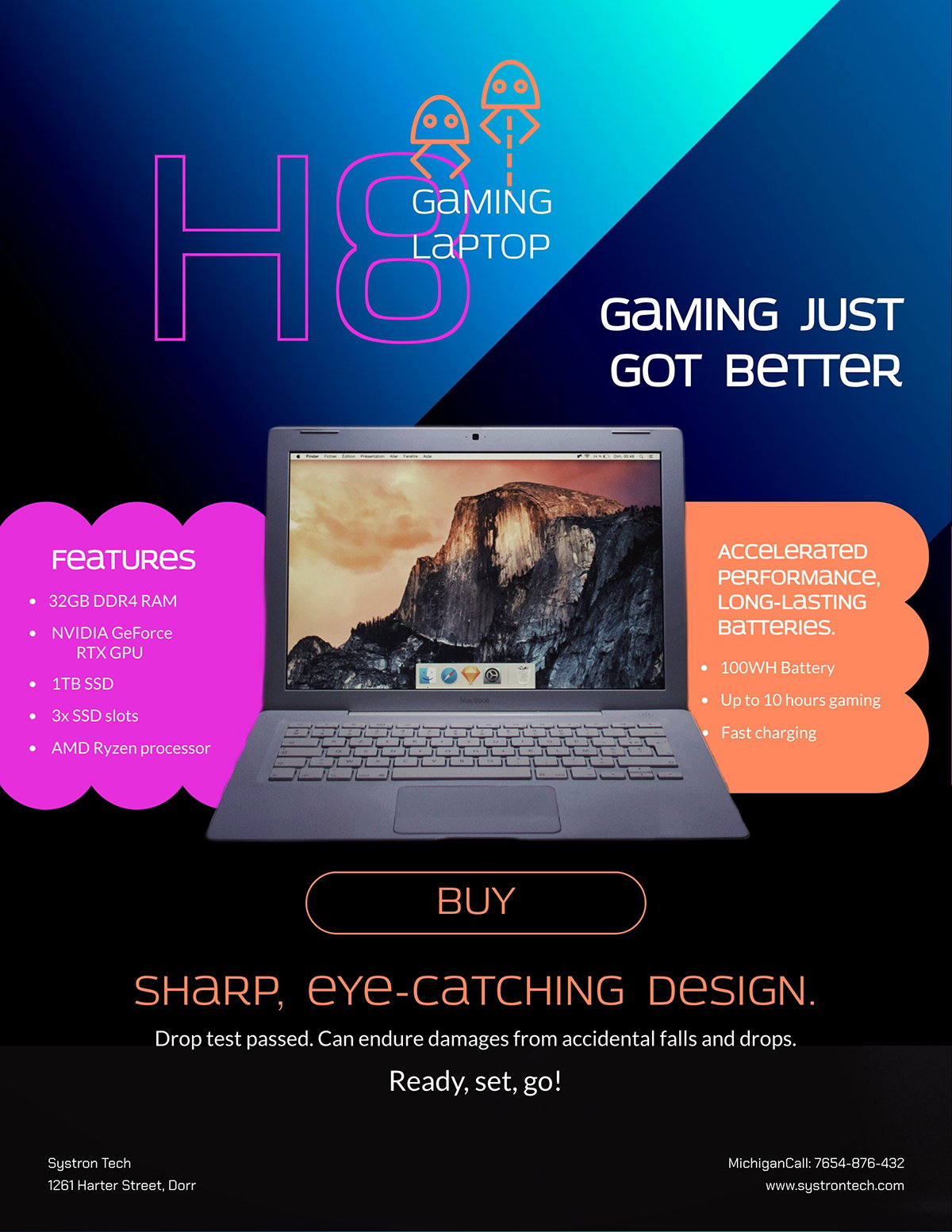
Summarily, the goal of this stage is to earn loyal, satisfied customers who become brand ambassadors and stick with you forever. However, it starts with creating incredible service experiences, engaging customers frequently and building meaningful relationships.
When designing your marketing content for any stage of the funnel, use the integrated AI tools in the Visme editor to create both written and visual content.
To craft unique visuals, prompt the AI Image Generator with a text that describes what you’re looking for. To generate, summarize or finesse text, use the AI Writer. And if you need to edit images like taking out backgrounds, removing objects, upscaling or deblurring, use the AI Image Edit Tools.
Now that you've created your marketing funnel, how do you gauge its effectiveness? How do you measure your success?
Rather than make sweeping assumptions, you can use qualitative and quantitative data to measure your efforts and identify areas for improvement.
Let's look at how to measure your marketing funnel and set it up for success.
Marketing funnel reports give you access to quality data that can help improve conversion rates. The report lets you see where and why you're losing customers. With the marketing funnel report, you can:
Tools like Google Analytics, Hotjar and Crazy Egg can help you track and optimize customer journeys before conversion.
CRM tools like Salesforce, HubSpot CRM, Pipedrive can help you track customer journeys, nurture relationships, close deals faster and build brand loyalty.

Consider using a comprehensive marketing dashboard to analyze all the marketing funnel metrics and KPIs you’ve settled on tracking them with your team.
CPA measures how much it costs you to acquire a new customer. You can use this metric to measure e-commerce and marketing campaigns like social media marketing, search engine marketing, email marketing and more.
To get your CPA, simply divide the total cost of your marketing campaign by the number of paying customers. If the cost outweighs the benefits, you might want to try other viable alternatives or end the campaign.
If you're looking to enjoy profits and business growth, you need to pay attention to this metric.
Customer lifetime value measures how much value or revenue you expect from your relationship with a customer. To calculate CLV, multiply their average purchase value by their purchase frequency.

According to Marketing Metrics, the probability of selling to prospects is 5%–20%, while the probability is about 60%–70% for existing customers. Therefore, increasing the value of repeat customers will bring more profits and business growth.
Conversion rate calculates the number of customers who complete the desired action. To calculate, divide the number of conversions by the total number of visitors.
Conversion can mean various things to different marketers. It could be filling out a form, watching a video or making a purchase.
Sometimes marketers only focus on the conversion at the bottom of the funnel—the purchase. However, you can measure conversions at every stage of your marketing funnel.
For instance:
Again, analytics tools like Google Analytics can come in handy. They are perfect for tracking metrics like traffic and traffic sources, bounces, goals and cost per acquisition.
Other valuable metrics you should pay attention to include:
Regardless of the size of your business, creating a marketing funnel should be an ongoing business process. Marketing funnels help to optimize your marketing process and boost revenue growth.
If you're looking to build an effective and high-content funnel, you need content that engages customers at each stage of the funnel.
Here's the interesting thing: creating branded marketing content doesn't have to be a hassle.
Visme makes it easy for you to collaborate with your team, share your marketing assets and scale your content creation efforts quickly. The tool offers free built-in design assets, templates and more for creating webinars, presentations, graphics, infographics and more.
Ready to get started with your marketing funnel design? Sign up for a free Visme account and easily create beautiful and effective marketing content that increases the conversion rate at every stage of your funnel.
Design visual brand experiences for your business whether you are a seasoned designer or a total novice.
Try Visme for free